Multichannel marketing is one of those buzzing terms that are popular for a reason. Times are changing, and many businesses are ready to scale up but face stiff competition. Using multiple channels means opening new paths to growth.
In this post, we’ll explain the benefits of adopting a multichannel marketing strategy in the era of dispersed attention. Before you feel overwhelmed, keep in mind it is more than possible to manage multiple channels and turn chaos into a well-oiled machine — let’s learn more about that.
Content:
- What is multichannel marketing?
- Why do you need to create a multichannel marketing strategy?
- What are the other benefits of multichannel marketing?
- What are the challenges of running a multichannel campaign?
- What is the difference between omnichannel and multichannel marketing?
- Multichannel marketing strategy examples
- Manage multiple channels like a pro
What is multichannel marketing?
A multichannel marketing campaign is a campaign that spans multiple online or offline communication and customer acquisition channels. Multichannel marketing requires you to combine various platforms to increase customer reach and cater to the needs of different customer groups. In other words, you need to claim more space to make your business more visible.
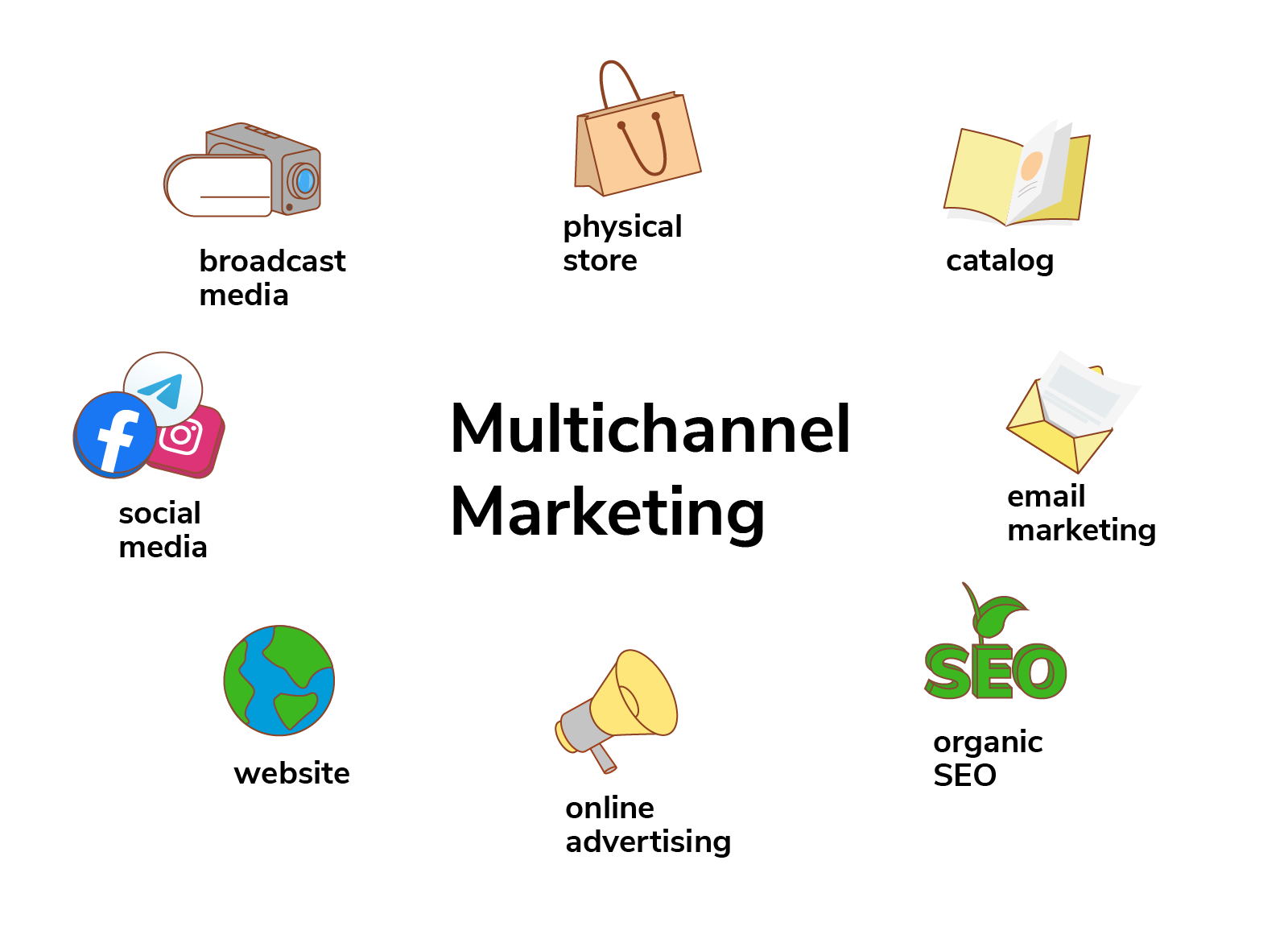
It might sound complex, but the reality is that many companies already do multichannel marketing without even realizing it. It’s not about just being present on many channels at once. Implementing a multichannel marketing strategy is a highly orchestrated process — you need to make sure you bet on the right horse and choose the channels where your audience is.
The best thing to do is to conduct extensive market research before you start your multichannel campaign. It’ll help you weed out unfitting channels and concentrate on the mediums that will work for your niche. In this case, experiments are good, but data-driven experiments are even better.
Why do you need to create a multichannel marketing strategy?
Pay attention to how many communication channels you encounter while going through your typical day. Probably, you’ll list messengers, Twitter, Instagram, contextual ads, email, phone calls, SMS, occasional TV ads, radio, magazines, billboards, brochures, etc. Your customers experience the same thing — hundreds of mediums fighting for their attention every day.
Stats show that around 70% of customers already use multiple channels during their shopping journey. So, the game has changed, and betting on a single channel is not an option anymore. Instead, you need to try to reach your target groups on their preferred channels. You can’t force them to stick to the channel of your choice or switch — it will ruin the customer experience altogether.
Some of your potential customers may be online-only shoppers while others prefer real-life experiences. And some may like to mix it up by consulting through social media, ordering the product online, and then picking it up in-store, or vice versa. If your product isn’t super niche, you can — and should — cater to different segments of your audience simultaneously.
Stats also show that shoppers spend more money when they use multiple channels. The explanation is a simple one. When you provide your customers with enough information online, they learn more about your products and make larger purchases. And when you deliver a great in-store experience, they become more loyal and follow your brand online.
The key takeaway here is that you pay more to use additional channels, but you also communicate with new potential customers that were previously inaccessible. This approach also helps form stronger bonds with your existing audience.
What are the other benefits of multichannel marketing?
We’ve already listed the obvious reasons you need to consider starting a multichannel marketing campaign. Now, let’s move on to less obvious, but no less important reasons you may want to do that.
You strengthen your brand. By combining different channels, you make them complementary. You don’t need to rely on a single platform anymore, especially if that platform doesn’t belong to you. Having multiple channels means becoming less dependent on the rules of a certain platform. Also, you gain the freedom to build a more sophisticated brand image.
You keep your audience hooked. Multichannel marketing strategies enable businesses to increase customer engagement and lower acquisition costs. But for that to happen, your messaging should be consistent across all of the channels you use.
You build a stronger team. Of course, your team needs to be trained and, in some cases, even reshaped to manage various channels. But it’s also a chance to hire more diverse talents who will bring fresh ideas and concepts to the table.
What are the challenges of running a multichannel campaign?
There are three main challenges you need to be aware of:
- Be prepared to handle the increased costs and complexity of working across multiple platforms and channels. It’s hard enough to set up a store, but you also need to invest in your social media presence, lifecycle email marketing, and so on. Therefore, it makes sense to focus only on channels that are best suited for your brand.
- Make sure everyone on your team is financially incentivized to drive conversions and sales across all channels. If your retail employees have to push customers to buy the product in-store and talk them out of ordering the same thing online, you’re going to have problems.
- Allocate enough time and resources to tracking and marketing attribution. You need to know where your customers come from, which channels to prioritize, and which marketing tactics have the greatest impact.
What is the difference between omnichannel and multichannel marketing?
The difference between these marketing strategies boils down to how they’re executed. Multichannel marketing doesn’t imply that those channels are somehow connected per se. It’s product-centric. Yes, your customers have a choice, but it doesn’t guarantee that they can smoothly transition from one channel to another.
There might be some friction or even complete separation between channels, and that lack of integration may turn into a nightmare for customers. For example, buying a product in an online store and returning it to a physical store may be “mission impossible” if those channels are kept independent.
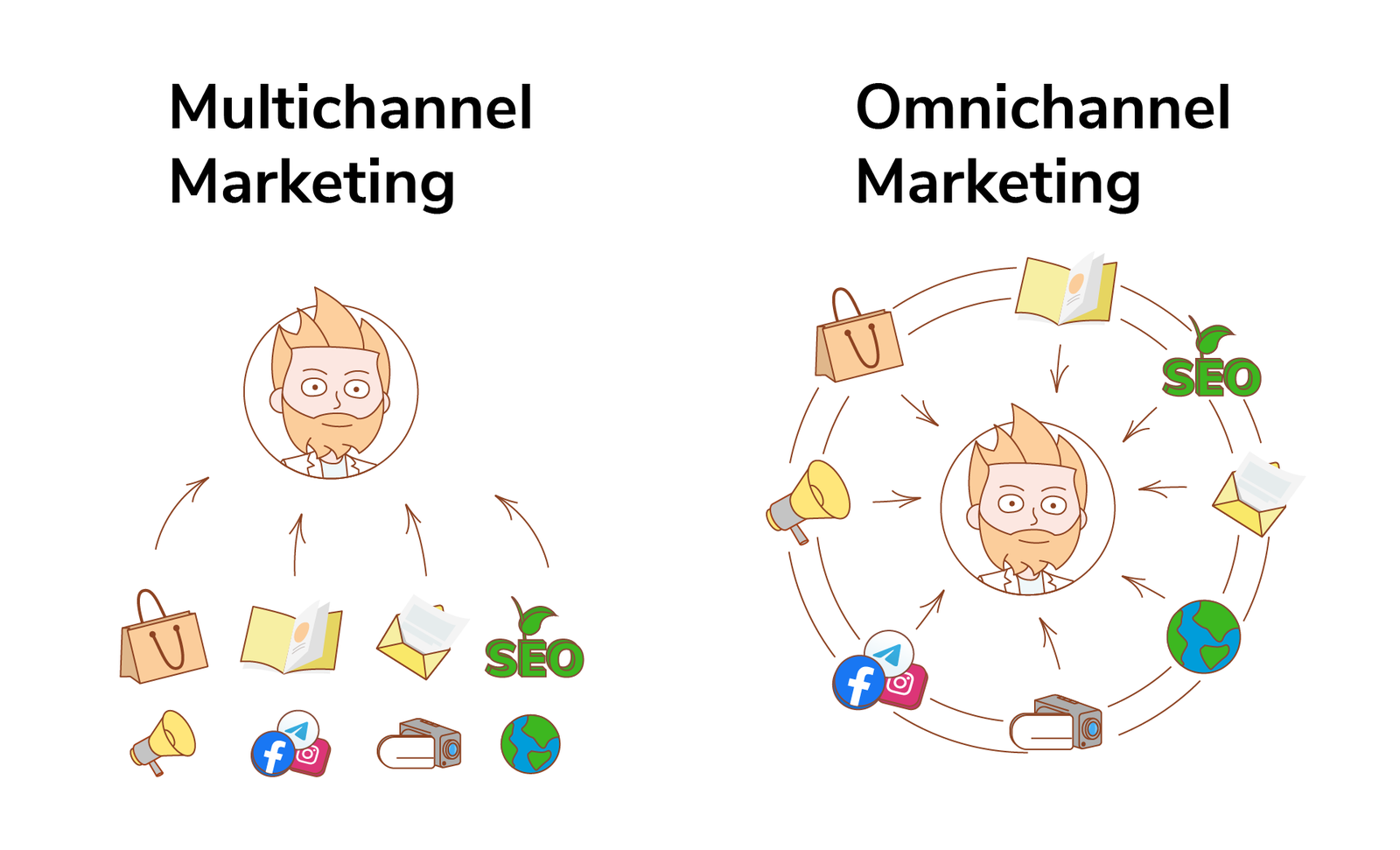
Omnichannel marketing, on the other hand, implies that your communications across different channels are aligned and work in unison, supporting each other. This approach makes the customer the center of attention. Brands that have adopted omnichannel marketing create highly personalized experiences for their audience.
For example, if someone scrolls through your Instagram feed, they can immediately buy what they like by clicking on your link in bio. If they don’t buy right away, you can make them change their mind later by showing them relevant ads or sending curated emails with items they are interested in.
A sophisticated omnichannel marketing campaign can’t be created overnight. Start by developing your multichannel marketing campaign and work your way through it until the customer journey between each touchpoint or channel becomes seamless.
Multichannel marketing strategy examples
Let’s take a look at those who’ve mastered multichannel marketing and established their brand ecosystems that span multiple platforms and, sometimes, multiple areas of life.
Bud Light
What could have been just another bland lager brand turned into a symbol of a laid-back, light-hearted, positive, and sometimes silly lifestyle. Now, it’s an iconic beer whose cheeky taglines often spark waves of memes.
Bud Light, as a brand, has come a long way to win the hearts and the minds of the customers. This success was made possible by using a smart combination of online and offline channels. Let’s see what this company does differently.
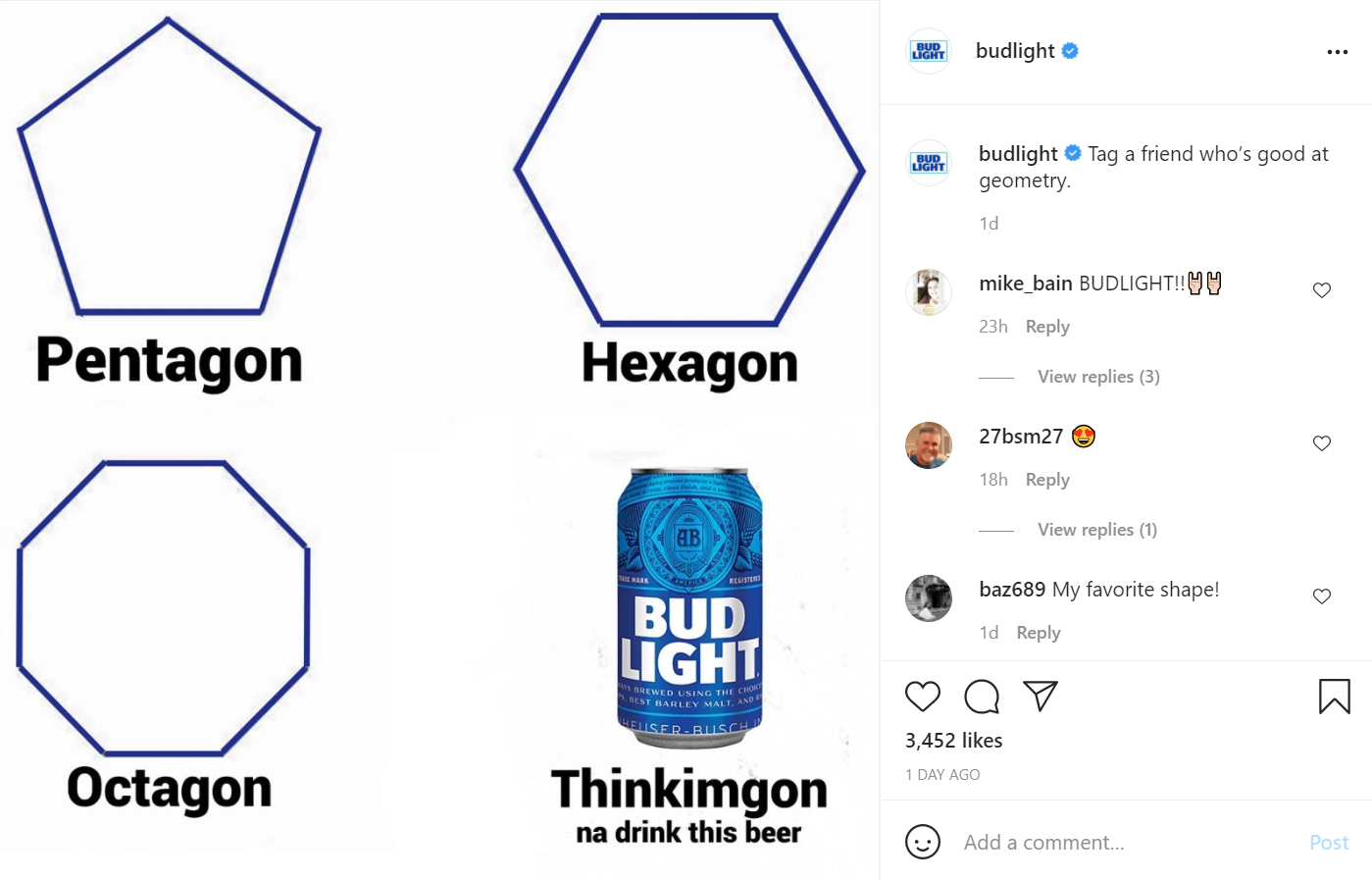
Firstly, they’ve developed a truly memorable, sassy brand that easily goes viral on social media. On Facebook, Instagram, and other social platforms, they’re killing it by using an edgy tone of voice that resonates with a young audience.

But that’s just one medium. They also use a handful of offline channels, such as sponsored events, outdoor ads, limited-edition merchandise, and TV commercials to establish leadership. For example, they launched an exclusive Dive Bar Tour show with Post Malone, Steve Aoki, and other stars. The combination of all those channels hits the spot and results in true brand love.
Peloton
The obsession with sleek, high-tech Peloton stationary bikes has grown into something bigger, despite their steep price tags. The whole cult of Peloton is an example of how you can build a connected community around your brand by wisely picking channels that work for your specific niche.
The company’s secret sauce is that they hire top fitness influencers and let them grow their personal brands within the Peloton platform. Also, they regularly come up with new exclusive classes and features to solidify their status as one of the leaders in the at-home fitness world.
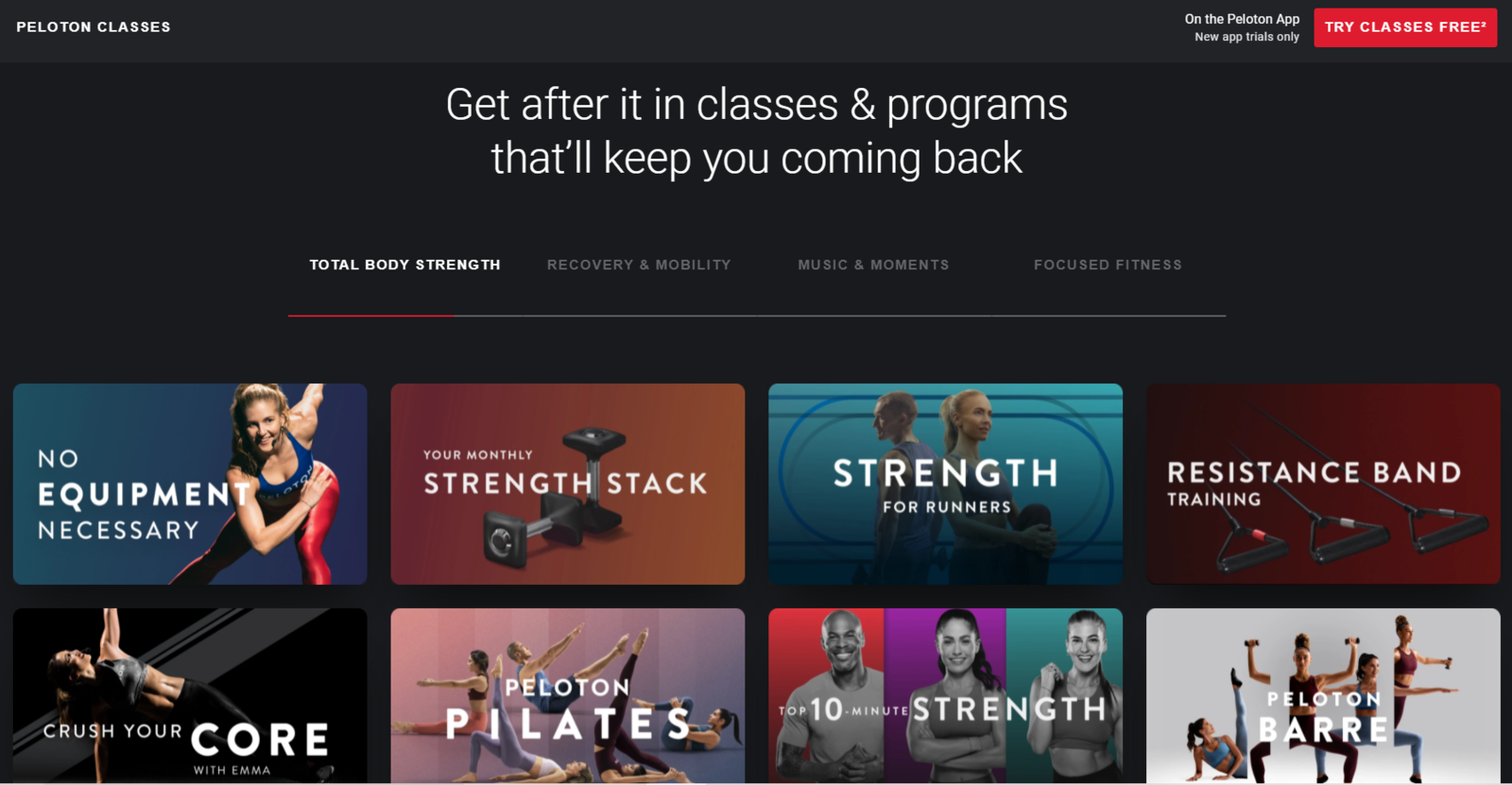
Peloton’s team uses virality, apps, social media, influencer marketing, different types of ads, and community management to amplify their brand and develop loyalty. These channels seem to work together perfectly.
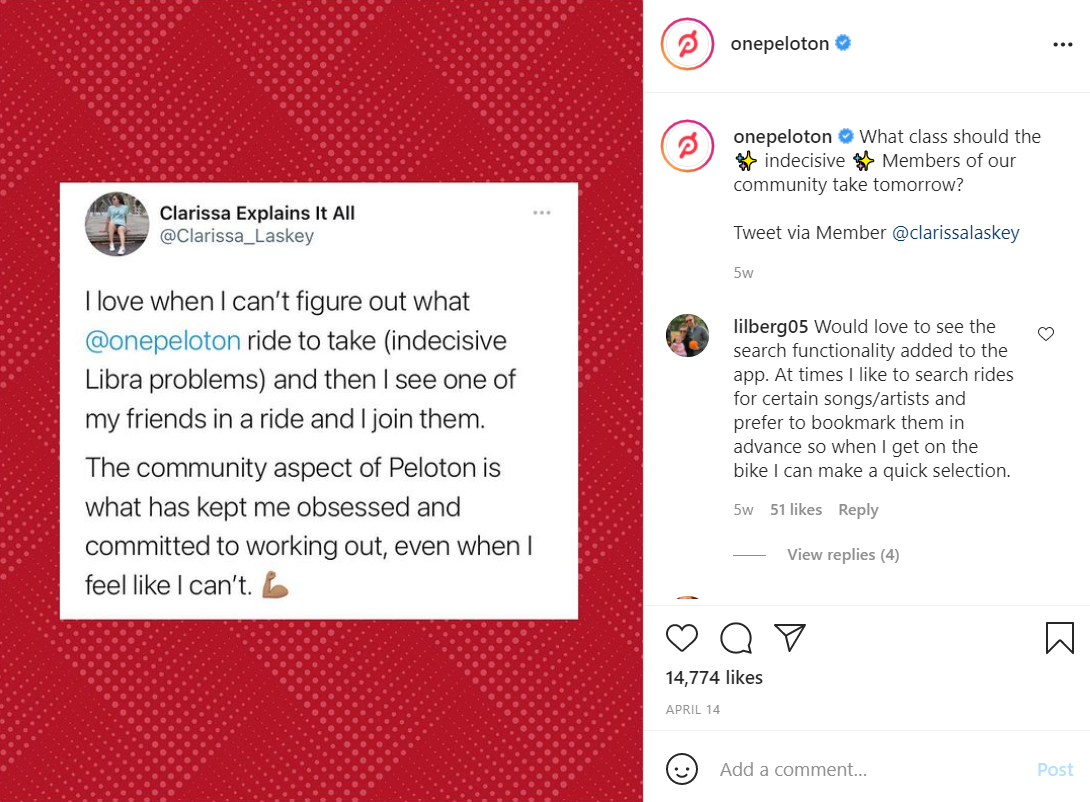
Besides their subscription program and a virtual fitness app, the company also sells custom shoes and apparel. And there you have it, a multichannel marketing strategy that has come to fruition — now, the name of the brand is a synonym of an exercise bike.
Hunter
Here’s another company that goes beyond selling their products on their website and calling it a day. Hunter has managed to give their steady and robust rubber boots an elegant look, and now they use multiple channels to translate exactly that and more.
Let’s start with their Pinterest. Through this channel, they share outdoor inspiration and outfit ideas. Their pins are clickable and lead right to their website.
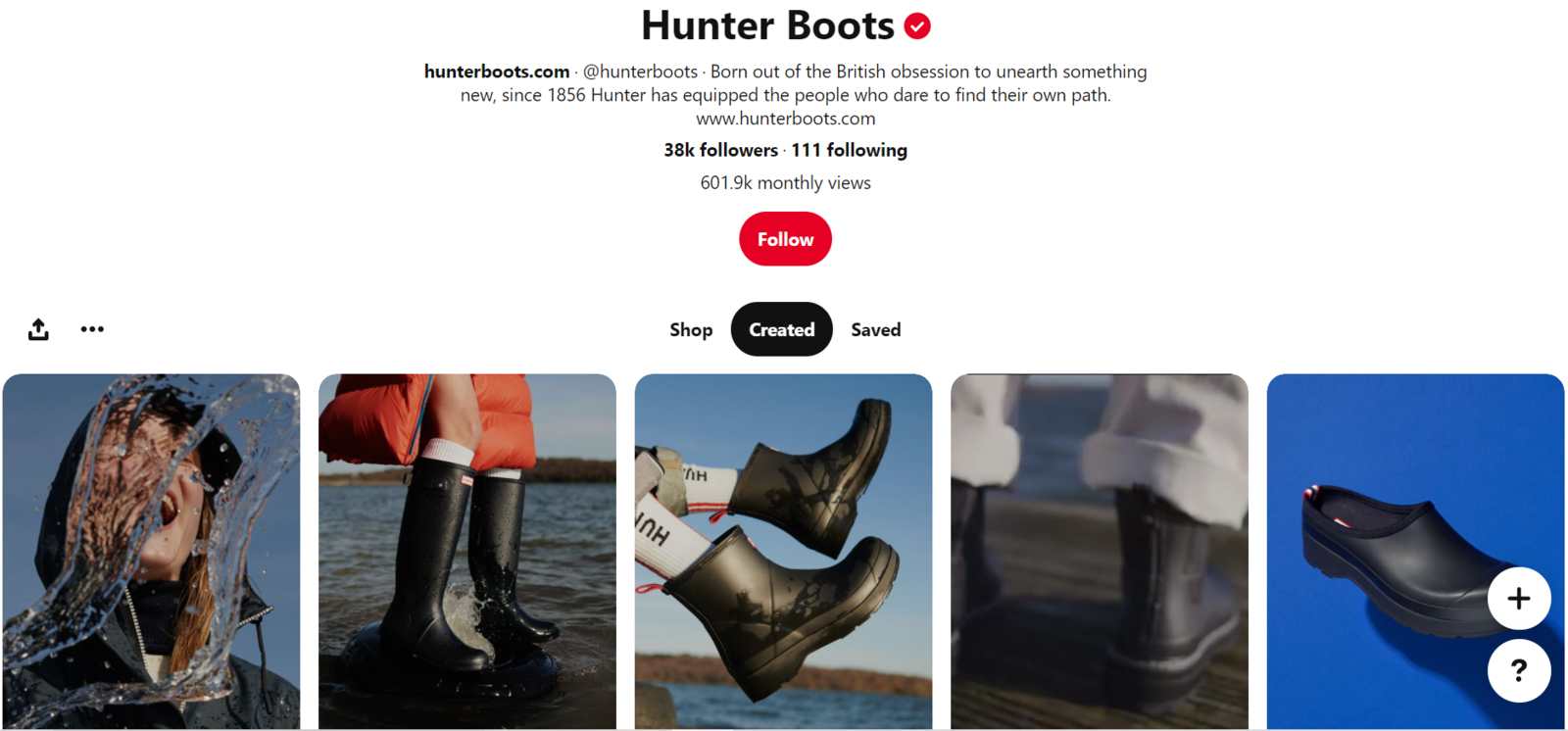
Hunter’s Instagram profile is quite different. There, they share more influencer content, curated photos, and important information. Users can shop Hunter’s products by clicking on their link in bio.
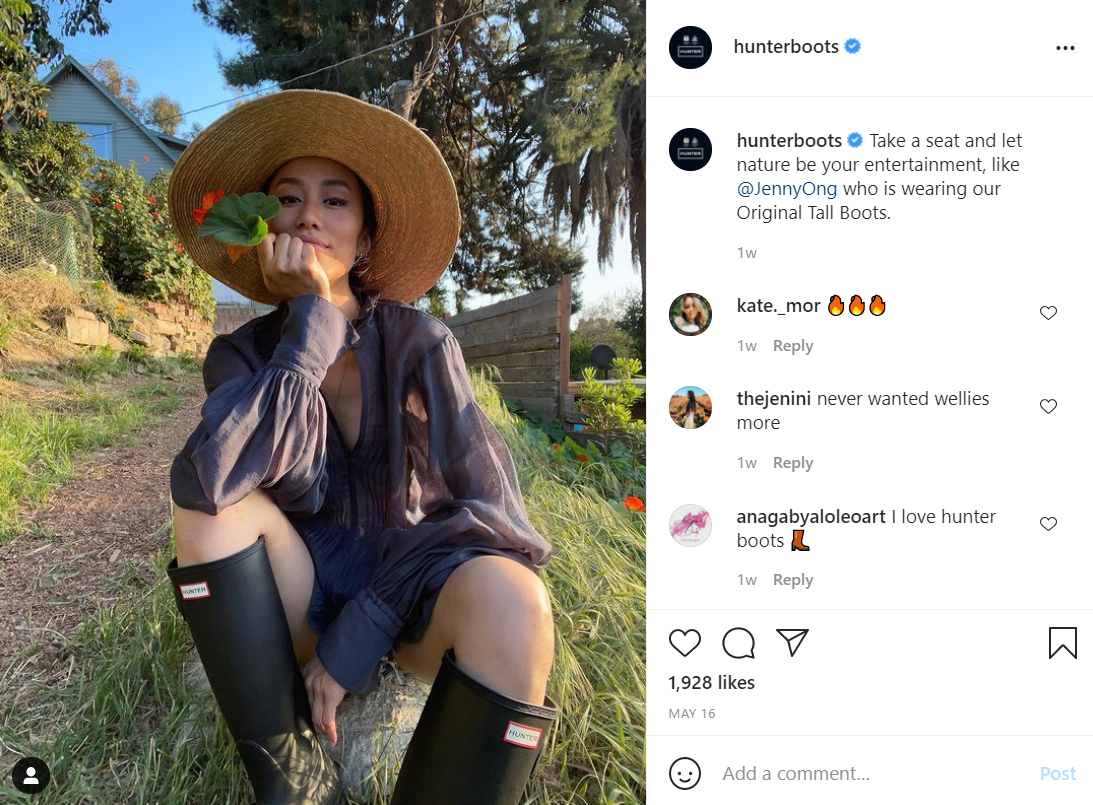
The brand has an affiliate program and a referral program, which also make it easier for them to tap into a new audience. Hunter’s boots and accessories are also presented on channels such as Amazon, Asos, and Zalando. They allow the brand to reach a wider audience while staying true to its values and style.
Manage multiple channels like a pro
Make no mistake, multichannel marketing is a must nowadays. A few decades ago, business owners had only a couple of channels to sell their products through, so they could stick to a single one, say, street ads or word of mouth. Today, it’s extremely rare to find a business that utilizes only one marketing channel and is thriving.
But, you don’t need to be a multi-armed god-like creature to successfully combine different offline and online channels. Start your multichannel marketing campaign now and gradually make it omnichannel by aligning all communications and managing them in one place.
The answer is SendPulse. Our platform will help you simplify and automate the most crucial marketing processes, from email marketing and social media marketing to SMS campaigns and lead capture. You can also create landing pages with our page builder and facilitate communication with your customers using our CRM solution.
Thrilled to try it? Create your free account and get started!








